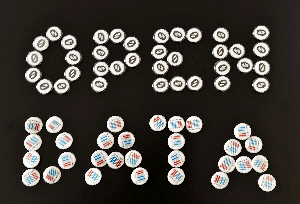Data Licensing
Licensing the data
A data licence agreement is a legal instrument that lets others know what they can and cannot do with your research data (and any documentation. scripts and metadata that are published with the data). It is important to consider what kind of limitations are relevant. An important component can be a guideline on how people should cite the dataset. Other components could be:
- Can people make copies or even distribute copies
- Who should be contacted if you need access to re-use data
- Etc.

In principle, Dataverse allows you to choose your terms of use. Some data repositories require you to use a certain licence if you want to deposit your data with them. At Dryad, for example, all datasets are published under the terms of Creative Commons Zero to minimise legal barriers and to maximise the impact for research and education. Some funders may also require that you publish the data as open data. Open data are data that can be freely used, re-used and redistributed by anyone - subject only, at most, to the requirement to attribute and share alike (Open Knowledge International definition). If you need help with drawing up license agreements, you can contact the IXA office.
Additional websites and tools:
- Explanation about copyrights and licences by a professor from Leiden University (English subtitles available)
- The Guide to Creative Commons for Scholarly Publishing and Educational Resources by NWO, VSNU and the University and Royal Libraries
- DCC how-to guide on licensing research data, a guide that links to the Creative Commons website, where many terms are explained
- Open Data Commons Public Domain Dedication and License (PDDL)
- EUDAT B2SHARE license selection wizard, which Pawel Kamocki (et al.) released under an open source license.1
Footnotes
For the source code, see https://github.com/ufal/public-license-selector/↩︎